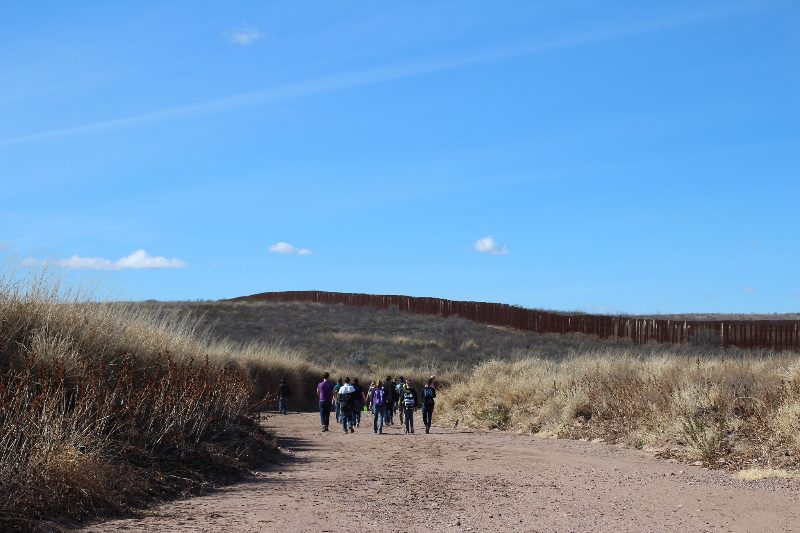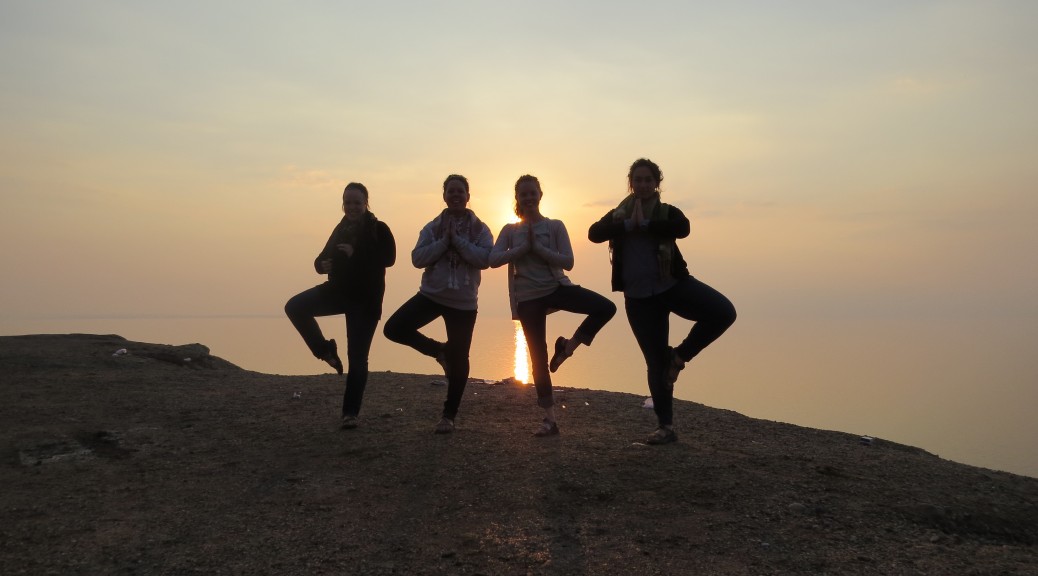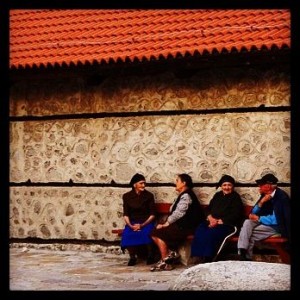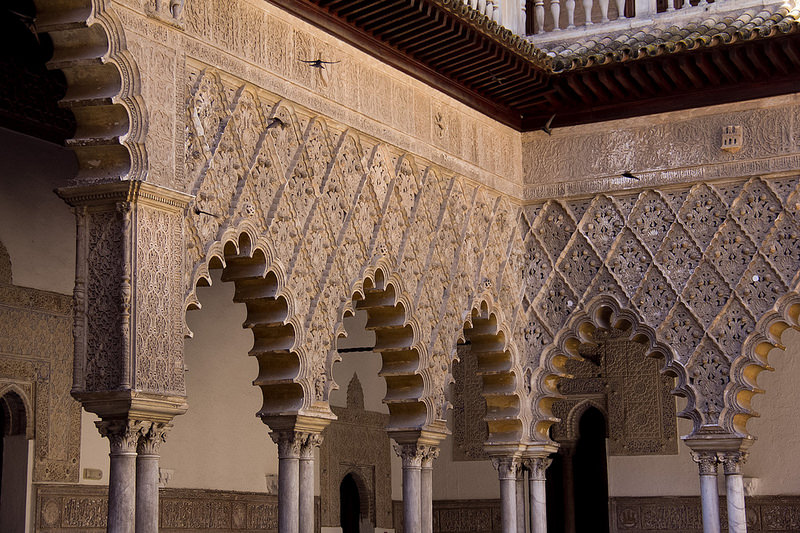All We Need Is Love…and maybe some equality
25 January 2015
Good evening from Beit Sahour!
On Monday, we spent the morning at the MCC (Mennonite Central Committee) headquarters where we heard from Shareen, a lawyer that works often with abused women, share about her life and work.
And never have I ever been so thankful for my father and opportunities as a woman. In Middle Eastern … Continue Reading ››














